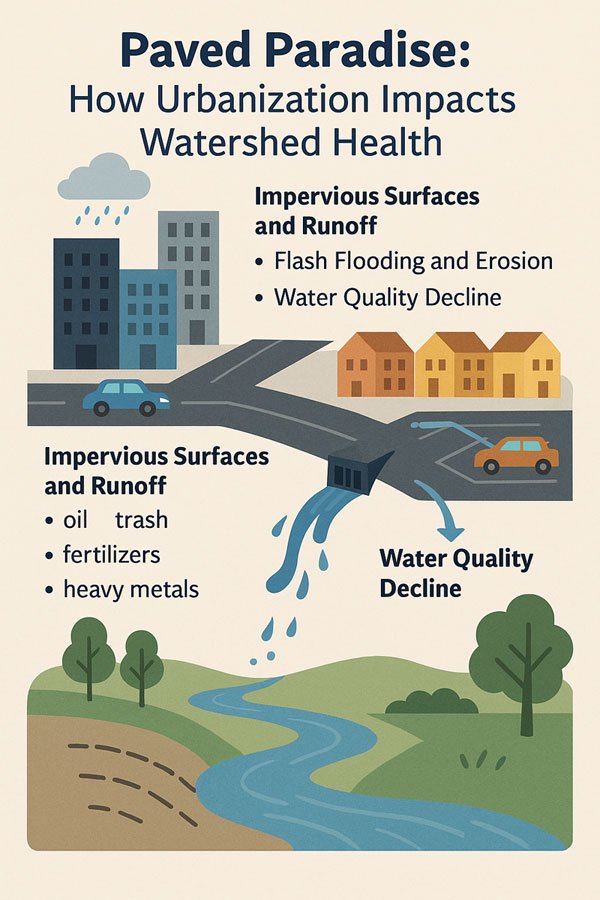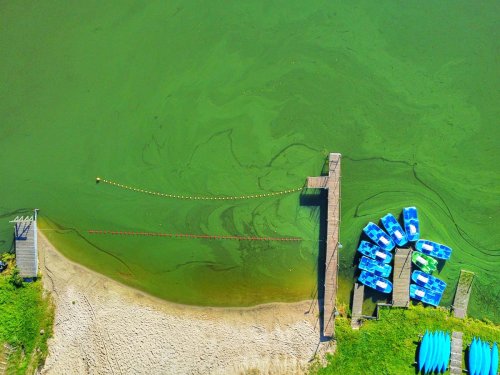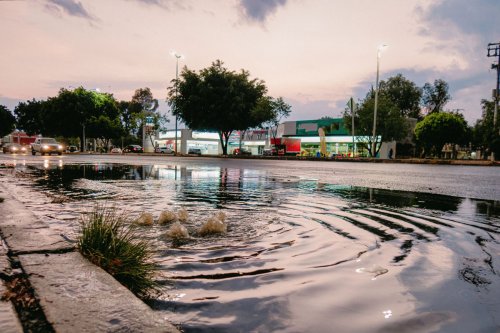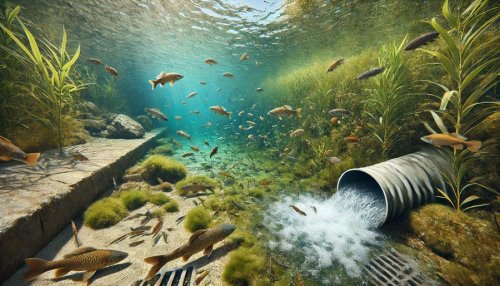Why Municipal Governments Should Ban Lawn Fertilizers and Chemicals on Waterfront Properties
Waterfront living is a privilege, but it comes with responsibilities. Municipal governments have both the authority and the obligation to protect their water resources from preventable harm. Banning fertilizers and chemical lawn treatments on waterfront properties is a common-sense, evidence-based step that will yield lasting benefits for both the environment and the community. It’s time to prioritize clean water over green lawns.

Waterfront properties are often viewed as the crown jewels of a community, highly desirable, highly valued, and highly visible. Unfortunately, the very practices used to maintain their manicured appearance are quietly undermining the health of the water bodies they overlook. To protect our shared natural resources, municipal governments should strongly consider banning the use of fertilizers and other chemical lawn treatments on these sensitive lands.
The Problem: Chemicals Flow Downhill
Waterfront properties sit directly at the interface between land and water. When residents apply fertilizers, herbicides, and pesticides to their lawns, these chemicals do not stay neatly in place. Rainfall and irrigation routinely wash them off lawns and into adjacent lakes, rivers, streams, and coastal waters.
The results are well-documented:
-
Nutrient Pollution: Nitrogen and phosphorus from fertilizers fuel excessive algal growth (harmful algal blooms), which can choke aquatic life, reduce oxygen levels, and turn clear waters into murky green soup.
-
Toxic Runoff: Herbicides and pesticides can poison fish, amphibians, and beneficial aquatic insects, disrupting entire food webs.
-
Drinking Water Threats: Chemicals leaching into water sources can increase the costs of municipal water treatment and pose public health risks.
-
Long-Term Ecosystem Damage: Once degraded, aquatic ecosystems take decades to recover - if they recover at all.
Why Waterfront Properties Worsen the Problem
While all residential runoff poses risks, waterfront properties have a unique capacity to do harm:
-
Direct Pathway to Water: Runoff from waterfront lawns often reaches the waterline with little filtration, bypassing natural buffers such as forests or wetlands.
-
High Maintenance Expectations: Residents of expensive waterfront homes often engage in intensive landscaping that relies heavily on chemical treatments to achieve a pristine aesthetic.
-
Cumulative Impact: Concentrated development along a shoreline, common in desirable waterfront areas, leads to cumulative nutrient and chemical loading in adjacent waters.
The Case for a Municipal Ban
Given these realities, local governments are fully justified in restricting or banning the use of fertilizers and chemical lawn treatments on waterfront properties. Here’s why:
1. Public Resource, Public Responsibility
Water bodies are public resources. Degrading them for the sake of private lawn aesthetics is an inappropriate tradeoff. Protecting the public’s right to clean water outweighs an individual’s right to a perfect lawn.
2. Prevention Is More Effective Than Cleanup
Once nutrients and toxins enter a water body, the damage is difficult and expensive to reverse. Preventing pollution at its source, by stopping chemical use along shorelines, is vastly more effective and fiscally responsible.
3. Fairness and Stewardship
While waterfront property owners may feel entitled to maintain their land as they wish, owning shoreline land carries special stewardship responsibilities. A ban ensures that individual actions do not impose costs on the broader community and environment.
4. Aligning with Best Practices
Many leading jurisdictions already restrict or ban chemical lawn treatments near sensitive waters. Adopting similar policies allows municipalities to align with proven best practices in water quality management.
Complementary Strategies
A ban should be part of a broader strategy to protect water quality:
-
Public Education: Teach residents about natural lawn care and the value of native vegetation buffers.
-
Enforcement: Provide clear rules and effective monitoring to ensure compliance.
-
Incentives: Offer support for transitioning to sustainable landscaping practices.
Waterfront living is a privilege, but it comes with responsibilities. Municipal governments have both the authority and the obligation to protect their water resources from preventable harm. Banning fertilizers and chemical lawn treatments on waterfront properties is a common-sense, evidence-based step that will yield lasting benefits for both the environment and the community. It’s time to prioritize clean water over green lawns.

















